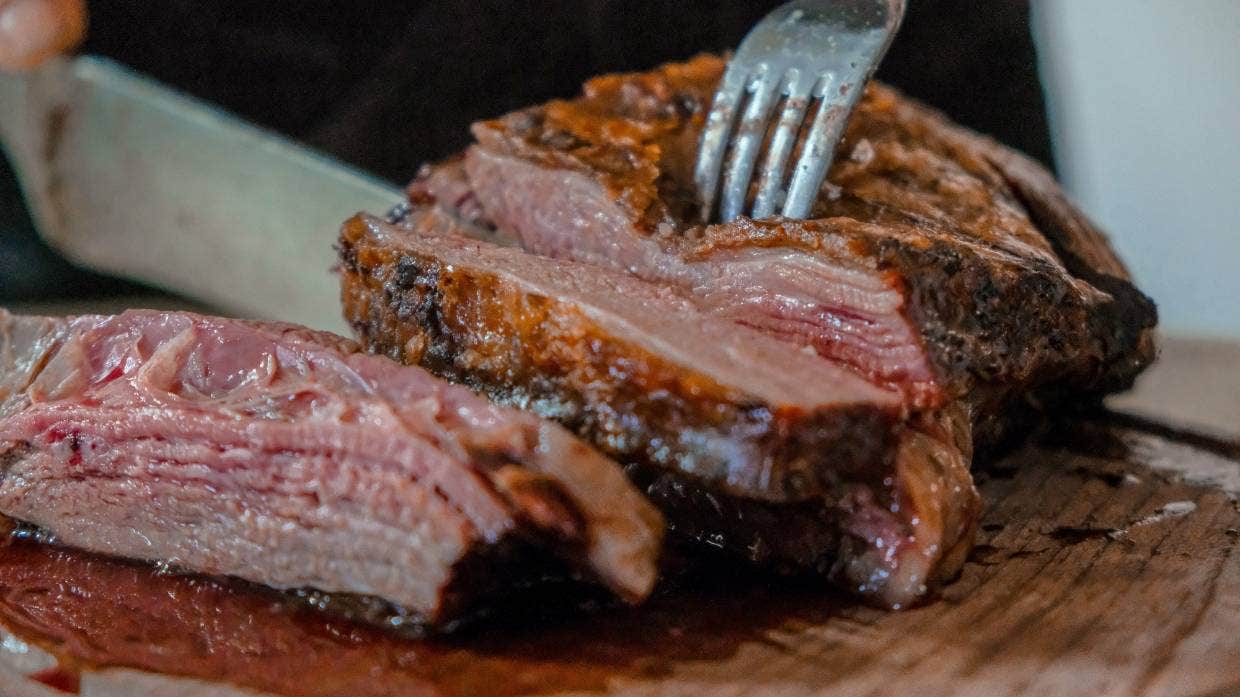New Zealand
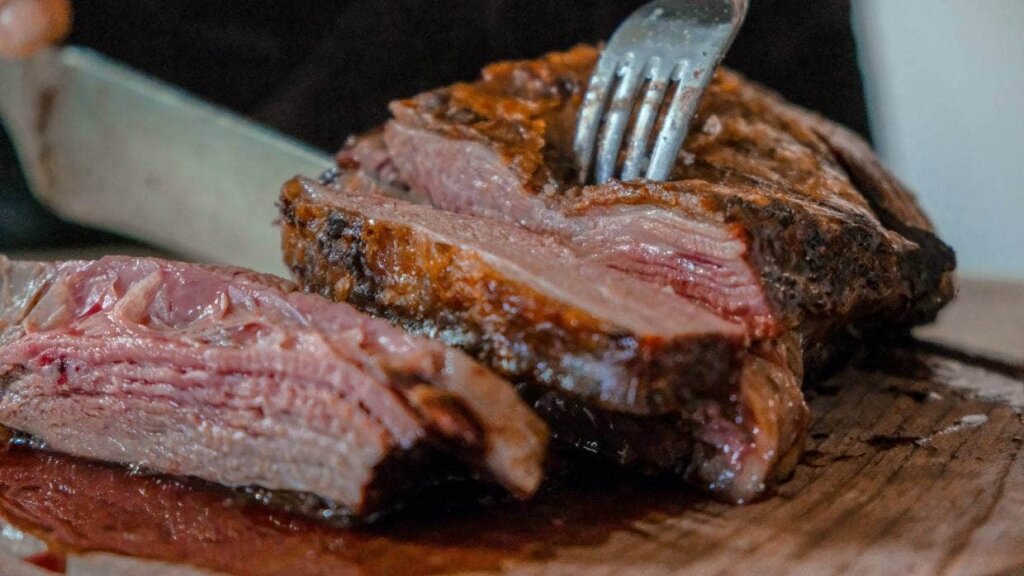
Red meat exports hit record $9.2 billion despite slower growth
New Zealand’s red meat exports hit a record $9.2 billion in 2020 despite slower growth, new data shows.
Total exports for the year were up 1 per cent on 2019 and 7 per cent on 2018 ($8.6 billion), according to the Meat Industry Association.
Chief executive Sirma Karapeeva said the fact that red meat exports had remained stable despite the challenges of the Covid-19 pandemic was great news for the New Zealand economy and for farmers.
Read More here…
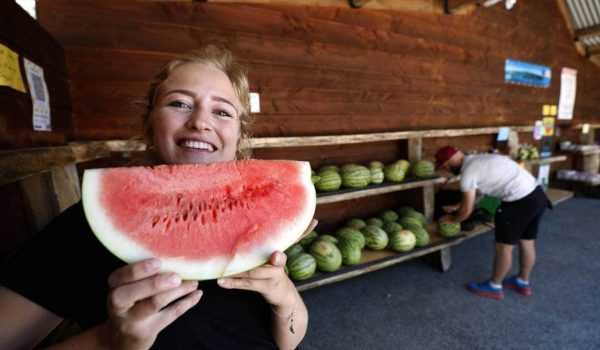
Watermelon highway stall tempts customers from near and far
Plump, juicy watermelons are ready to draw big crowds to a small family produce stall in Tasman with some travelling from outside the region to get them.
Riwaka’s Frasers Orchard at the bottom of Takaka Hill sells apples, pears, sauce tomatoes, blueberries and Orchard View free-range eggs, but it’s the juicy red and green melons that have the customers heading to the spot in droves.
Frasers Orchard staff member and owner’s daughter Carolyn Fraser said during the five to six-week supply of watermelons over February and March, the car park was “always full”, many of the customers doing an annual pilgrimage to the stall.
Read More here…
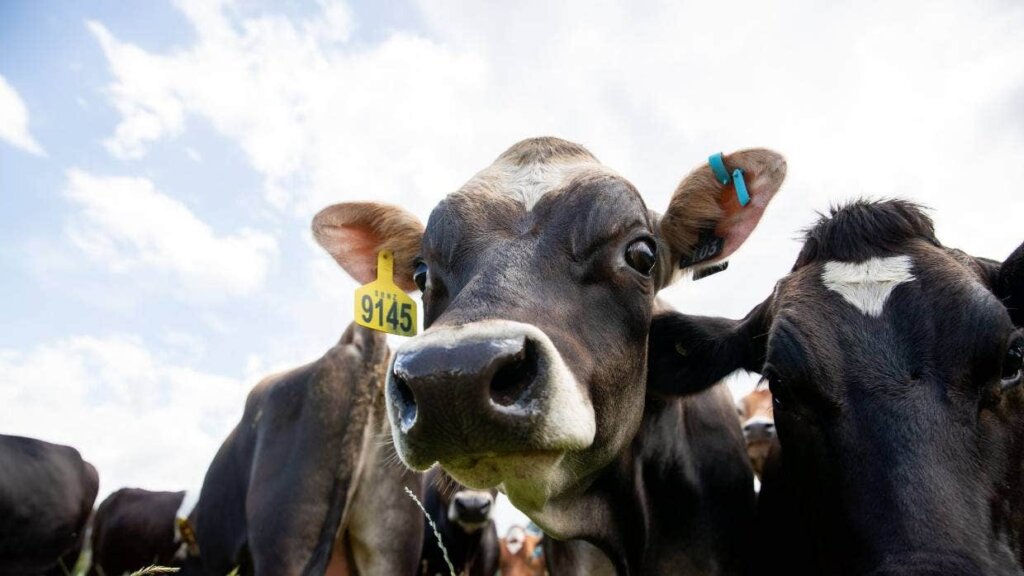
Farmers trial feed supplement said to cut methane from cows by a third
A natural feed supplement said to reduce the amount of methane cows emit by up to more than a third is being trialled in New Zealand.
South Island sheep and beef farmer Tom Sturgess has imported the additive, comprising garlic compounds and citrus peel pigment, made by Swiss company “Mootral”.
Mootral’s website said its product cut methane emissions from ruminants by up to 38 per cent.
Read more here…
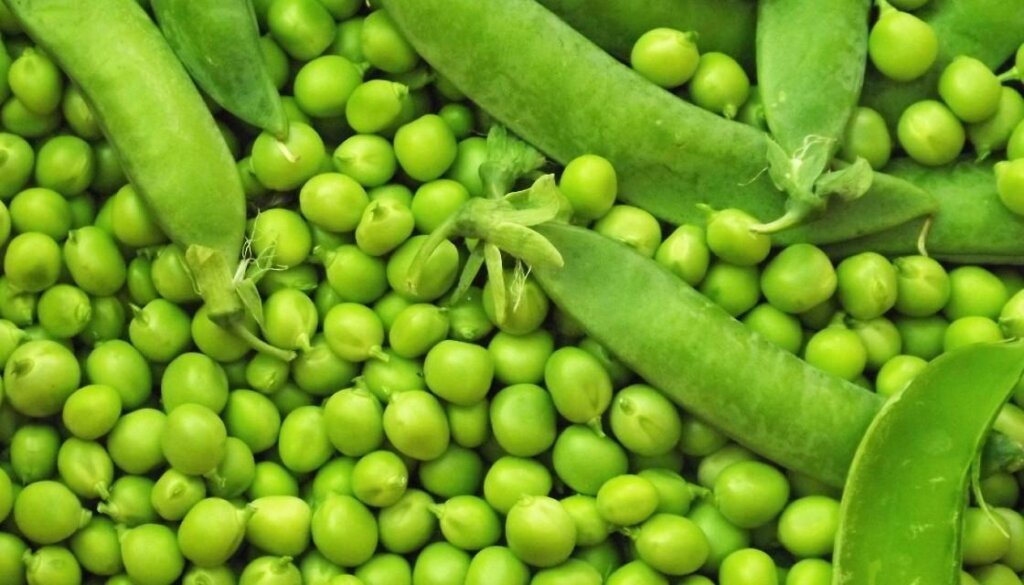
Wairarapa peas harvested for first time in more than four years
Wairarapa peas are being harvested for the first time in over four years.
A ban was placed on growing peas in the region in 2016, after the discovery of pea weevil.
Production was allowed to resume last year after the Ministry for Primary Industries announced the insect pest had been successfully eradicated.
The pest’s larvae feed on young peas, ruining crops and threatening valuable fresh and seed pea exports.
Read More here…
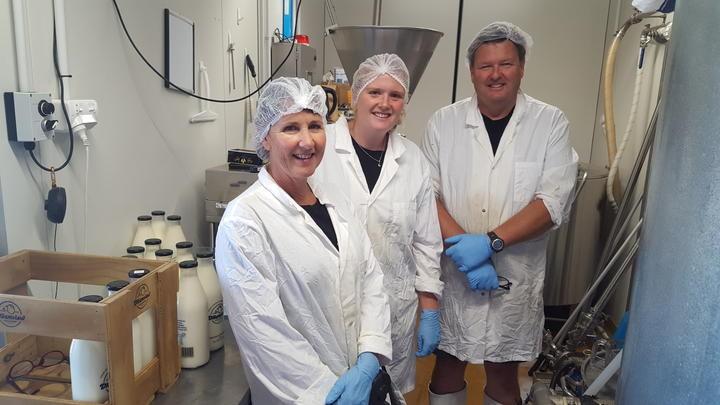
Raglan milk delivery company goes from strength to strength
Then, the Hill family produced 30 litres of drinking milk a week and delivered it to local customers. Now they bottle and deliver 5000 litres – in one-litre bottles – from the west coast to the east coast.
Their website has a rolling tally of the number of plastic milk bottles they’ve saved from recycling or landfill – over 150,000 and counting.
Jess Hill says customers are loving the glass bottles and the fact they’re supporting a local enterprise.
“That is a big part of the appeal,” she says.
Read More here…
Australia
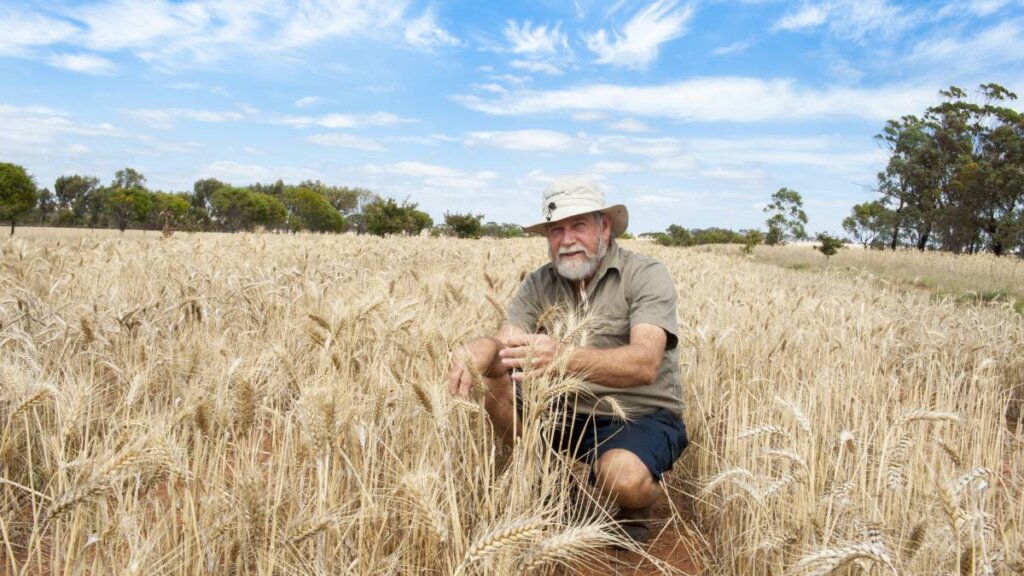
Focus on carbon neutrality at Research Update
CARBON neutrality of the grains industry is set to be the focus of the upcoming Grains Research and Development Corporation (GRDC) Grains Research Update in Perth on Monday, February 22 and Tuesday, February 23.
The two-day event will begin with a plenary session on carbon neutral grain farming in WA, with the director of the Climate Change Institute at the Australian National University, Professor Mark Howden and Macquarie Group head of agriculture Elizabeth O’Leary as the keynote speakers.
Read more here…
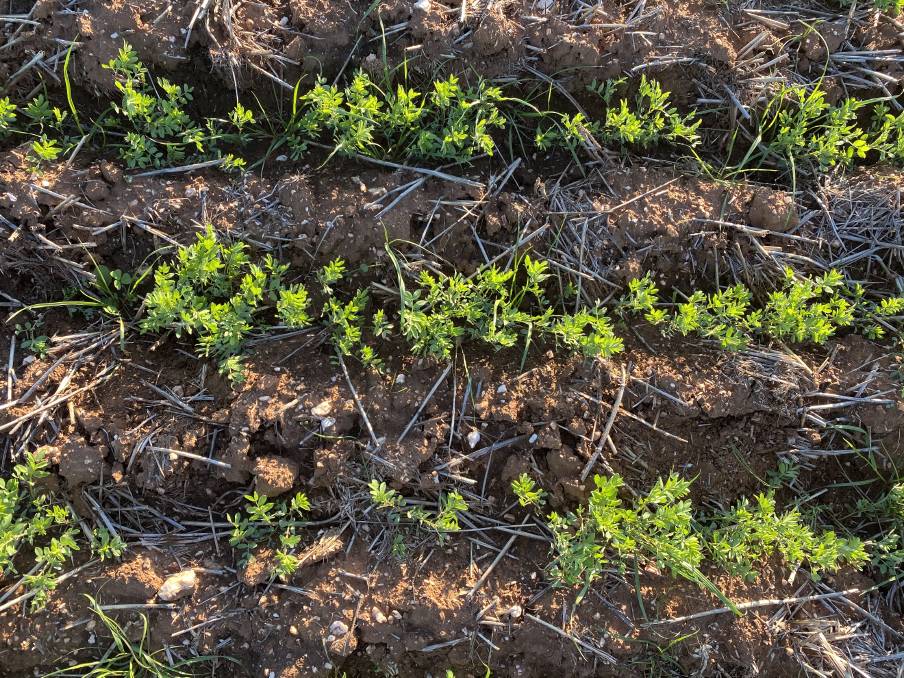
New pre-em pulse herbicide option hits the market
PULSE producers will have another option to control grass weeds with the release of a new herbicide from Adama.
The company has released Ultro, a group E herbicide, for commercial use this year.
The herbicide gives control on annual ryegrass, barley grass and brome grass in pulse crops.
It is a welcome option for pulse producers who have scant options when it comes to pre-emergent grass control.
Read more here…
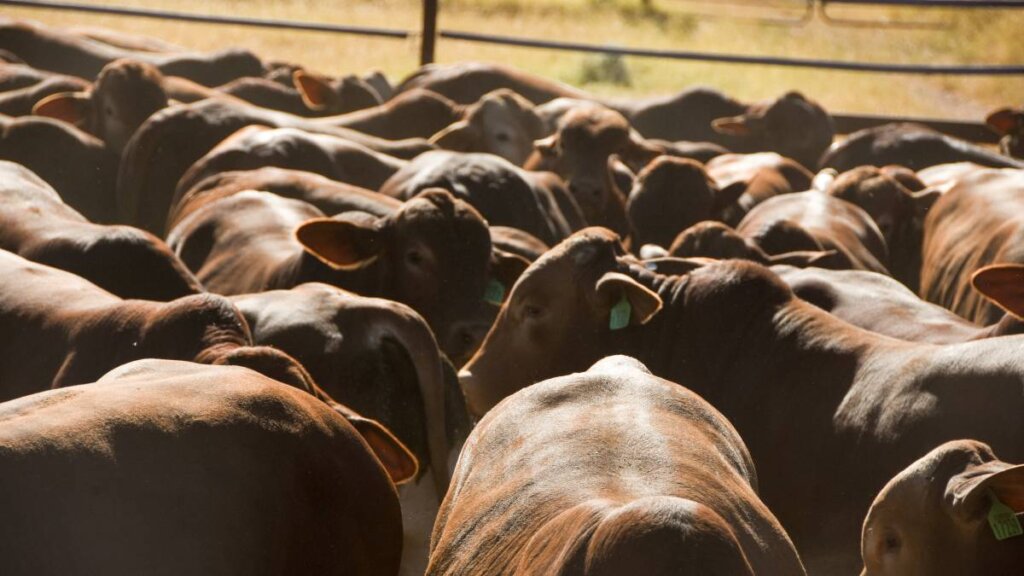
New frontier for cattle market: MLA projections
After contracting for two years, the national cattle herd is expected to increase two per cent to 25.2 million head in 2021 as it enters a rebuild phase, according to Meat & Livestock Australia’s latest cattle industry projections.
The rebuild comes after cattle numbers fell to 24.6 million head in 2020 – their lowest level since the early 1990s – as a result of prolonged, severe drought.
Improved seasonal conditions in southern Australia throughout 2020, and above-average summer rain in northern Australia during the 2020-21 wet season so far, are expected to produce an abundance of pasture in all major cattle producing regions across Australia except parts of Western Australia.
Read more here…
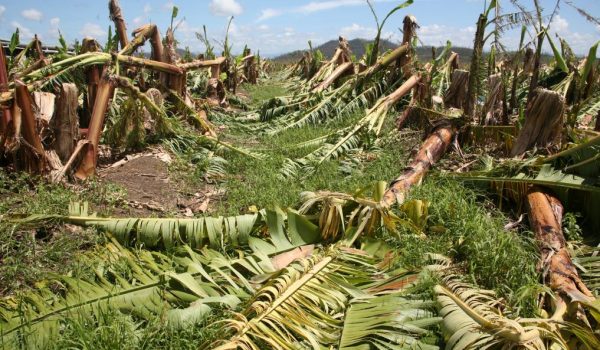
Tully Banana growers remember Cyclone Yasi 10 years on
In 2011, bananas suddenly became a luxury fruit when Cyclone Yasi destroyed more than 80 per cent of Australia’s banana industry.
It was estimated that about $350 million of bananas were destroyed, with growers in Tully, Cardwell and Innisfail copping the bulk of the damage.
Historically low banana production meant a box of bananas was $100, and in supermarkets reached $14/kg.
Australian Bananas Growers’ Council chairman Stephen Lowe said the industry had taken a significant battering.
Read more here…
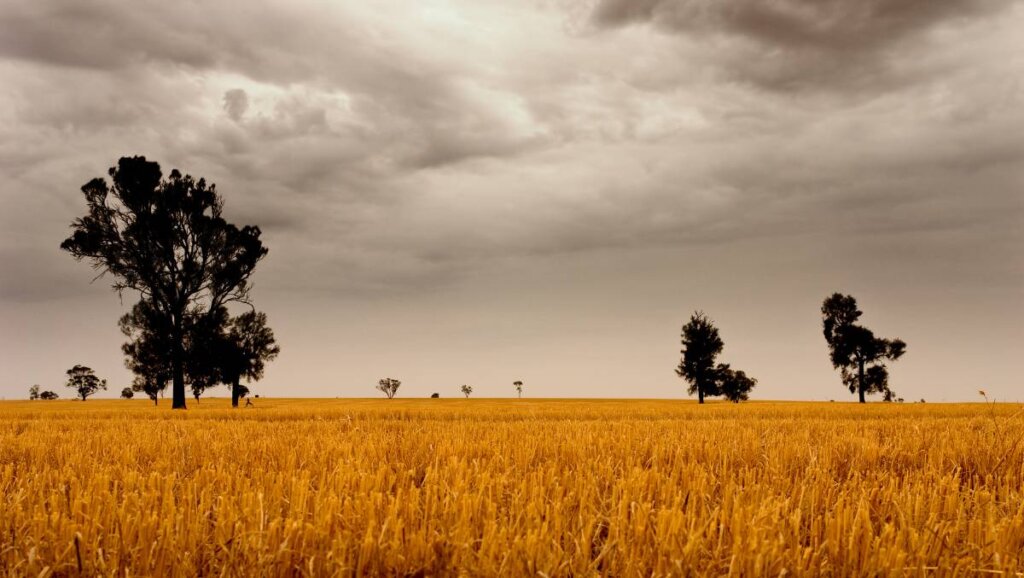
Patchy storms disappointing for Qld grain farmers
Unsettled weather in the past week provided patchy storms for southern Queensland but were broadly disappointing for most grain farmers. While storms lashed the southern Queensland coast and pushed deep into NSW, limited rain fell across the Darling Downs.
Beneficial rain was seen in the Maranoa and western Darling Downs with falls ranging from 15-35mm. Surat received 37mm for the week with Roma receiving 22mm. Rainfall totals quickly tapered away to the east with little rain seen across the main summer cropping areas. Miles and Meandarra received 5mm for the week with even lighter falls around Jandowae, Dalby, and Goondiwindi.
Read more here…
South America

Argentine farmers on alert: government does not rule out more taxes on food exports
Despite a recent accord with the government regarding corn exports, Argentine farmers are again on alert following statements from officials who did not rule out the possibility of increasing taxes on food exports as part of its effort to control high inflation.
Consumer prices in Argentina rose by more than 36% last year, heaping economic problems on families also hit by a recession that started in 2018 and fallout from the COVID-19 pandemic, which completed almost a whole decade of stagflation.
Read More here…

Brazil anticipates bumper soybean and corn crops despite late drought
Brazil expects to harvest bumper soybean and corn crops in spite of planting and harvesting delays in 2020. A drought late last year delayed sowing of Brazil’s soybeans, and excess rainfall disrupted harvesting in January. This delayed delivery of grain to trading companies and affected Brazil’s ability to export.
Speaking in an event to mark the beginning of the harvest in the northeastern state of Bahia, Brazilian Agriculture minister Tereza Cristina Dias pointed out farmers will reap up to 133 million tons of soybeans in 2021 and potentially more than 103 million tons of corn.
“Our goal is to produce more each year and break records,” Dias said.
Read more here
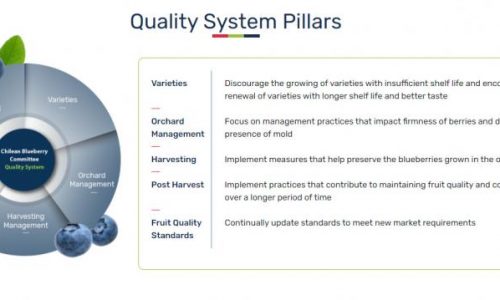
Inside the Chilean Industry Quality System for Exported Blueberries
The companies that comprise the Chilean Blueberry Committee of the Chilean Fruit Exporters Association (ASOEX) account for more than three-quarters of Chile’s world-leading export volume of blueberries, which stood at 109,269 tons for the 2019/20 season. While Chilean blueberries have long been enjoyed by consumers in North America and Europe, which together receive approximately 85% of Chile’s blueberry export volume, demand in China has been inching up in recent years alongside rising consumer interest in all types of berries.
Read more here…
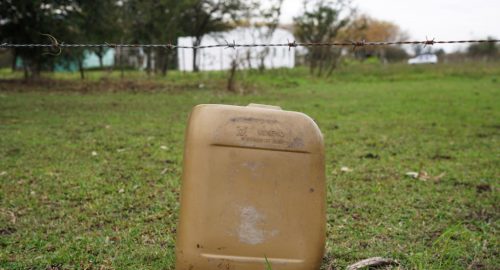
Argentina’s land laws stifle sustainable agriculture
Fewer and fewer farmers grow cereals such as maize or legumes like soy in Argentina. Though overall exports are at historic highs, over the past three decades Argentina’s land laws have allowed land to become concentrated in fewer hands and dedicated to the production of a smaller range of crops, census data shows.
The combination of intensive agrochemical use, genetically modified seeds and direct sowing without a plough has reduced Argentina’s agricultural diversity. The country has largely moved from farms that combine crop cultivation and livestock farming to farms that churn out two main monocultures for export: soy and maize.
Read more here…
Food Updates
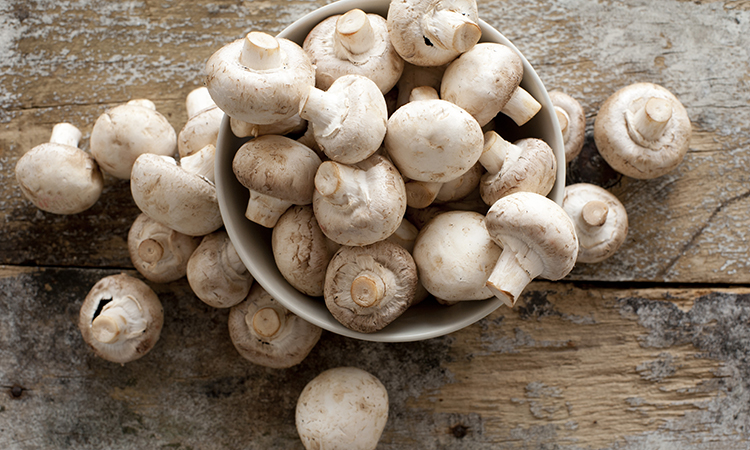
Mushrooms provide nutrients without the calories says new research
Mushrooms are high in often forgotten nutrients say scientists, with very little drawbacks in terms of calories or saturated fats to worry about.
Researchers have identified another good reason to eat more mushrooms. New research, published in Food Science and Nutrition (January 2021), found that adding a mushroom serving to the diet increased the intake of several micronutrients, including so-called shortfall nutrients such as vitamin D, without any increase in calories, sodium or fat.
Read more here…

New testing programmes developed for banned substances in food
LGC has developed new testing programmes to put a stop to banned substances making their way into food, as athletes continue to return positive anti-doping tests.
Global life sciences company LGC has introduced two new banned substance testing and certification programmes to its INFORMED family, namely, Informed Manufacturer and Informed Ingredient.
The new programmes are targeted to ingredients that are intended for sports nutrition products and facilities that manufacture sports supplements.
Read more here…

Yields of 10t/ha of wheat and 5t/ha of canola in trial
PROMISING results from the Hyper Yielding Crops research project conducted by Field Applied Research (FAR) Australia in conjunction with the GRDC have confirmed that farmers in high rainfall zones can target 10 tonne to the hectare cereal crops.
There is a similarly high yielding ceiling in the oilseeds space, with the top yield for canola in the NSW trial of the project clocking in at a whopping 5.43t/ha.
A clear theme throughout the trials, held at Wallendbeen, in the Riverina, and Gnarwarre, in the Western District in Victoria, was that farmers could best maximise their yields through the use of feed wheat cultivars.
Read more here…
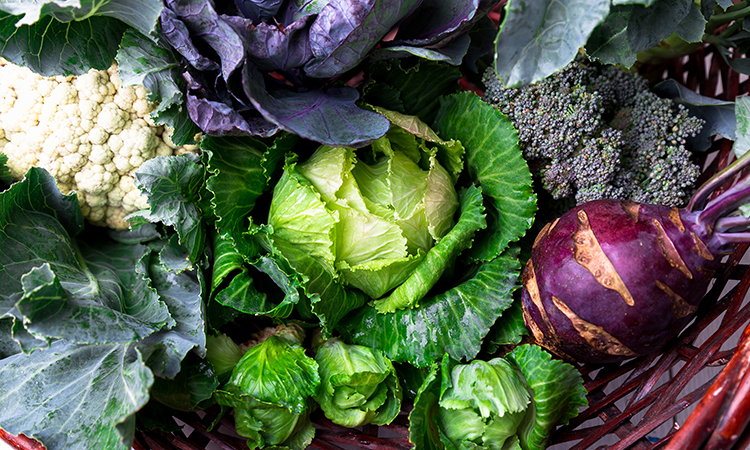
Return of the brassicas: New Covent Garden Market’s 2021 trends
A green comeback plus even more seasonal fruit and veg. That’s what New Covent Garden market, one of London’s biggest fresh produce markets, is predicting for 2021.
New Covent Garden Market, where more than 100 wholesale traders supply fresh fruit and vegetables to some of London’s top eateries, is predicting a comeback for vegetables such as kale, cabbage, and broccoli in 2021, as well as shift to more local and seasonal produce among consumers.
The food market’s annual Fruit and Vegetable Trends Report 2021 is based on qualitative trader insights from its wholesalers, who supply London’s most fashionable restaurants – including La Gavroche, Sketch, Soho House, Jikoni, Darjeeling Kitchen, Restaurant Story, Pho and more.
Read more here…
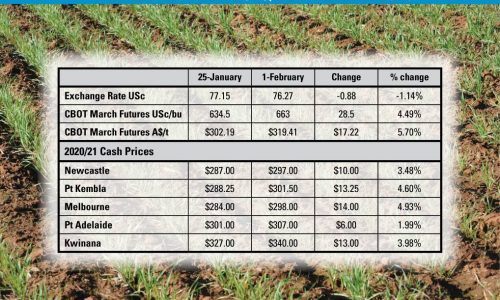
Upheaval in supply and demand
Read more here…

